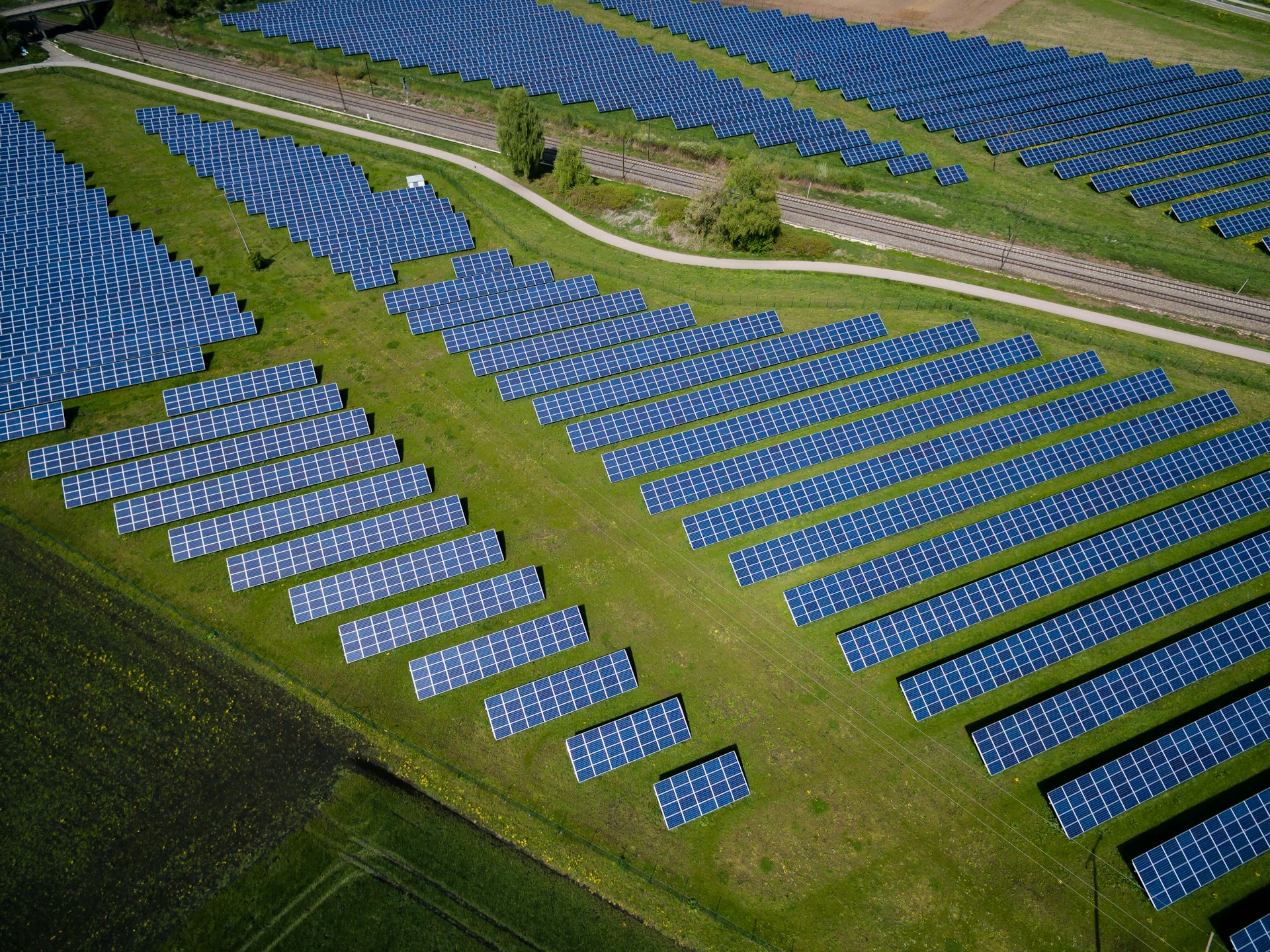In a world increasingly plagued by the adverse effects of global warming and climate change, the conversation about the adoption of green energy has taken center stage. In simple terms, green energy refers to energy derived from renewable and sustainable sources such as wind, sunlight, and water. These sources of energy emit significantly fewer greenhouse gases compared to conventional sources like coal and gas.
As you well know, industries contribute significantly to global carbon emissions. This makes the adoption of green energy by industries a critical factor in combating climate change. This article explores the impact of green energy adoption on reducing greenhouse gas emissions in industries. To provide a comprehensive understanding, we’ll delve into the economic implications, government regulations, and the role of technology in this transformation.
A lire aussi : Where can I find a reliable and trustworthy tattoo parlour ?
The Economic Implications of Adopting Green Energy in Industries
Adopting green energy in industries is not just about environmental conservation; it also carries significant economic implications. From an industry viewpoint, green energy is seen as a potential driver for economic growth.
The adoption of renewable energy technologies in industries has been linked to job creation. A study by Google scholar shows that the renewable energy sector created more jobs per unit of energy than the fossil fuel industry. For instance, the installation, operation, and maintenance of a wind farm require human labor, thus creating jobs.
Cela peut vous intéresser : How can AI-powered language translation foster global communication and diplomacy?
Moreover, the cost of renewable energy has been decreasing over the years, making it an economically competitive option. According to a report by the International Renewable Energy Agency (IRENA), the cost of electricity from renewable sources like solar and wind has fallen significantly in recent years, making them cheaper than new fossil fuel-fired power plants in many countries. This trend is expected to continue, further solidifying the economic case for renewable energy in industries.
Government Regulations and Policies
Governments play a critical role in encouraging or discouraging the use of green energy in industries. Over the years, governments in different countries have enacted regulations and policies aimed at reducing carbon emissions in industries.
In many cases, these regulations involve the introduction of emission standards that industries must comply with. For instance, the European Union has set stringent emission standards for industries, requiring them to reduce their greenhouse gas emissions. Industries that fail to meet these standards face hefty penalties, thus incentivizing them to adopt cleaner energy sources.
Additionally, some governments offer subsidies and tax incentives to industries that adopt green energy. These financial incentives make it economically attractive for industries to switch to renewable energy sources. For instance, the United States government offers tax credits to industries that use wind and solar energy.
Role of Technology in Green Energy Adoption
Technological advancements have played a significant role in increasing the adoption of green energy in industries. Innovations in renewable energy technologies have improved efficiency, reduced costs, and made green energy a viable alternative to nonrenewable sources.
For instance, advancements in wind turbine technology have increased the amount of electricity that can be generated from wind power. Similarly, improvements in solar panel efficiency have made solar power a competitive source of energy in many parts of the world.
Moreover, digital technologies have enabled smarter energy use in industries. For instance, smart grids and energy management systems allow industries to optimize their energy use, further reducing their carbon footprint.
On a final note, technologies like carbon capture and storage (CCS) offer a way for industries to reduce their carbon emissions while continuing to use fossil fuels. CCS technology captures carbon dioxide emissions from industries and stores them underground, preventing them from being released into the atmosphere.
The Role of Industries in Green Energy Adoption
Industries play a significant role in the adoption of green energy. As major consumers of energy, their decisions significantly impact the energy market and, consequently, carbon emissions.
Many industries have recognized the benefits of green energy and are leading the way in its adoption. For instance, tech giants like Google have committed to using 100% renewable energy in their operations.
Moreover, industries can influence the energy market through their purchasing decisions. By choosing green energy, they increase the demand for renewable energy, which can drive further growth and development in the renewable energy sector.
In conclusion, the adoption of green energy by industries has a significant impact on reducing greenhouse gas emissions. By embracing renewable energy, industries can contribute to combating climate change, boosting economic growth, and creating a sustainable future.
Technological Innovations Driving Green Energy Adoption
Technological advancements have been crucial in propelling the adoption of green energy in industries. These innovative solutions have not only enhanced the efficiency of renewable energy technologies but also reduced their costs considerably, making green energy a viable alternative to conventional, high-carbon energy sources.
For instance, innovations in wind turbine technology have significantly increased the amount of electricity generated from wind power. Similar advancements in solar panel efficiency have made solar energy a competitive option in various regions globally. These improvements have been instrumental in driving the shift towards renewable energy in many industries.
Moreover, digital transformation in the energy sector has enabled more intelligent and efficient energy utilization in industries. Smart grids and energy management systems, for example, allow industries to optimize their energy consumption, resulting in reduced carbon emissions. According to a study by Crossref Google, the integration of digital technologies into energy systems can slash GHG emissions by up to 20%.
Additionally, carbon capture and storage (CCS) technology is another promising solution that could allow industries to continue using fossil fuels while drastically minimizing their carbon emissions. CCS technology captures and stores carbon dioxide emissions underground, preventing their release into the atmosphere. While not a renewable energy source, it’s an important part of the broader strategy to reduce overall greenhouse gas emissions.
Conclusion: Industries Leading the Way in Green Energy Adoption
The responsibility of adopting green energy doesn’t solely rest on governments and technology providers. Industries, being major consumers of energy, can significantly influence the energy market and, by extension, the rate of carbon emissions.
In recognition of this fact, several industry leaders have taken the initiative to champion the green energy cause. Google, for example, has pledged to operate on 100% renewable electricity, demonstrating the feasibility and benefits of green energy in the industrial sector.
Furthermore, industries can stimulate renewable energy growth by making conscious and responsible purchasing decisions. If more industries demand green energy, it could trigger an upswing in renewable energy development and use, creating a domino effect of positive change.
In conclusion, the adoption of green energy by industries plays a pivotal role in reducing greenhouse gas emissions. It’s not just a matter of complying with government regulations or riding on technological advancements. It involves deliberate and strategic decision making by industries to incorporate renewable energy into their operations, thereby contributing to climate change mitigation, stimulating economic growth, and fostering a sustainable future.
However, it is important to remember that the transition to green energy is not a singular solution to the climate crisis. It is a significant step, but it must be part of a broader, multifaceted approach to create a low carbon global economy. This includes improving energy efficiency, rethinking supply chains, and embracing clean energy in every aspect of our lives, from the energy we consume to the products we buy.
The shift to a green, low carbon economy is not only desirable for the longevity of our planet, but it also presents a wealth of opportunities for industries to innovate, grow, and thrive in the new energy landscape. As such, the fight against climate change is not just about survival; it’s an opportunity for us to create a more sustainable, equitable, and prosperous world for all.











